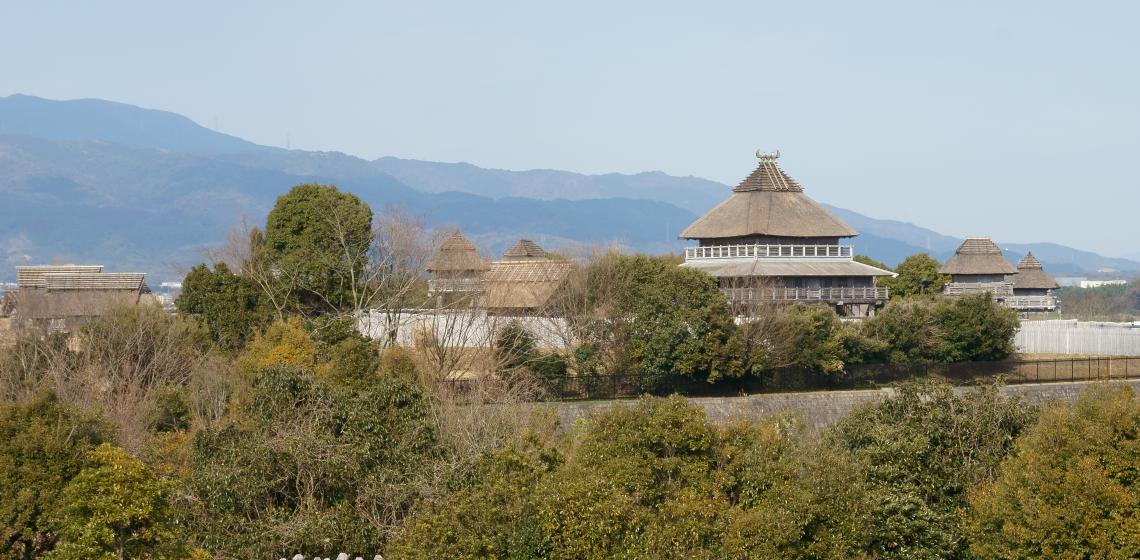Barberville Pioneer Settlement (US)
In 1976 a group of teachers founded the Pioneer Settlement for the Creative Arts, Inc., as a not for profit organization. At first the property known as the Central School of Barberville (c. 1919), was leased, however in 2001 the School Board bestowed ownership of the property to the Board of Directors of the Settlement.
The group began moving local and regional historically significant buildings onto the property, and a historical "village" setting emerge, dating to between 1875 and 1910. These include a pottery shed, a country store and a Methodist church. Through the years, additional workshops were built to exhibit various historical trades and life ways of the late 1800’s and early 1900’s like a Print Shop, Wheelwright Shop/Carriage House, Woodwright Shop, Blacksmith Shop, and the native American Timucuan-Myacca and Seminole Villages.









